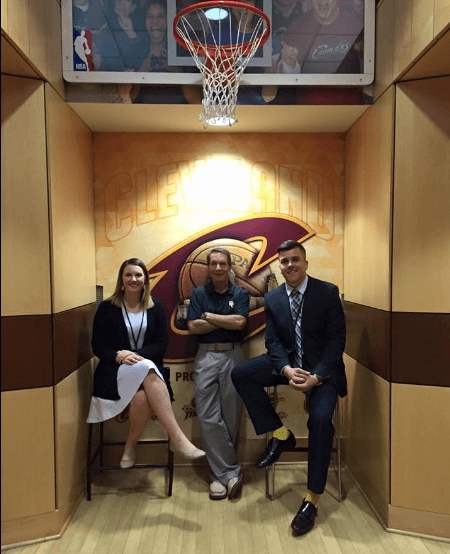by Kirk Wakefield – January 2017 After arranging & supervising hundreds of sports internships for the last dozen or so years, Dr. Darryl Lehnus and I devised a system that works well for us. Ideally, partners provide the internship with the same objective of developing and evaluating talent in view of future employment there or…Continue Reading An Internship Model for Sports Sales, Marketing, CRM & Analytics
An Internship Model for Sports Sales, Marketing, CRM & Analytics

